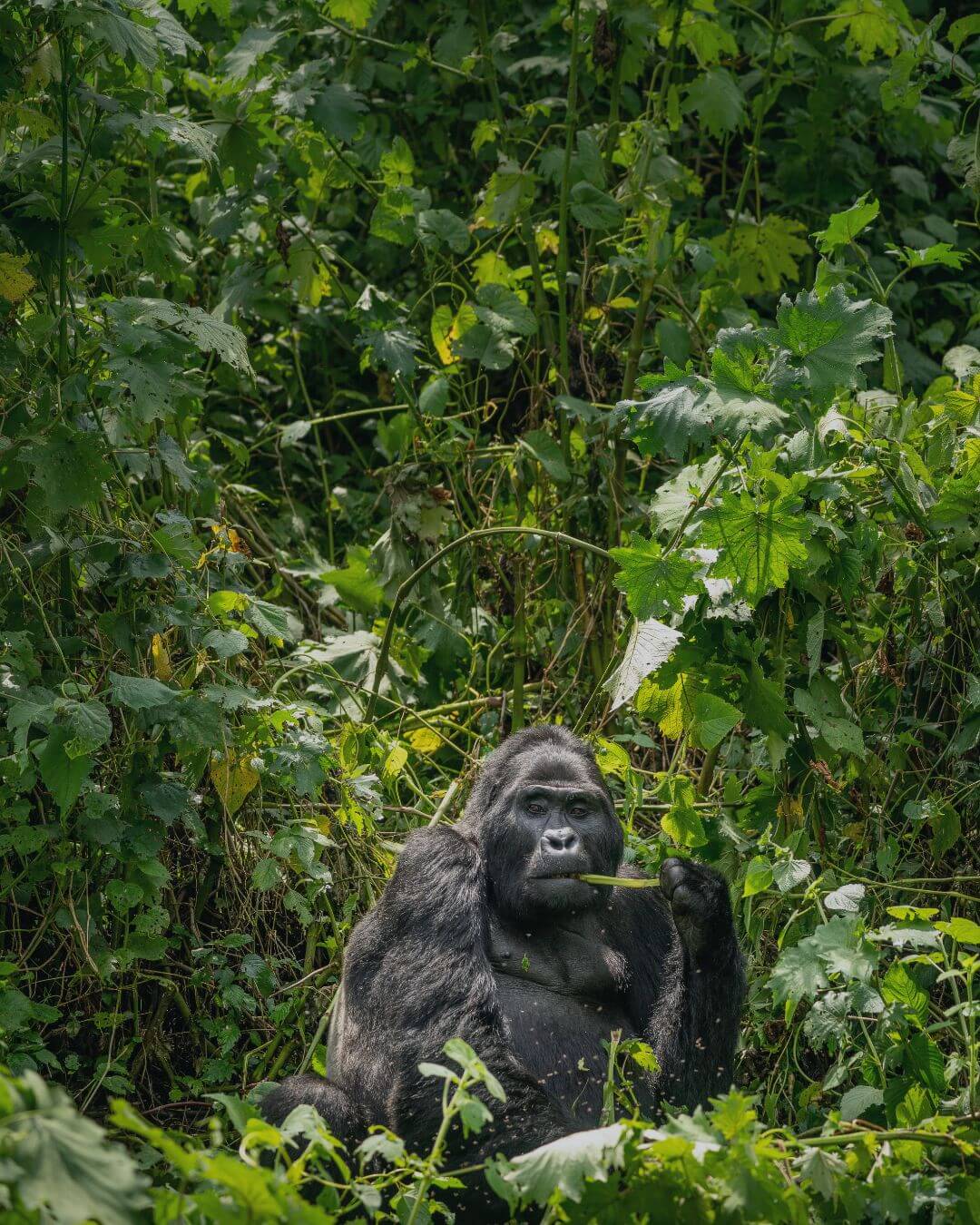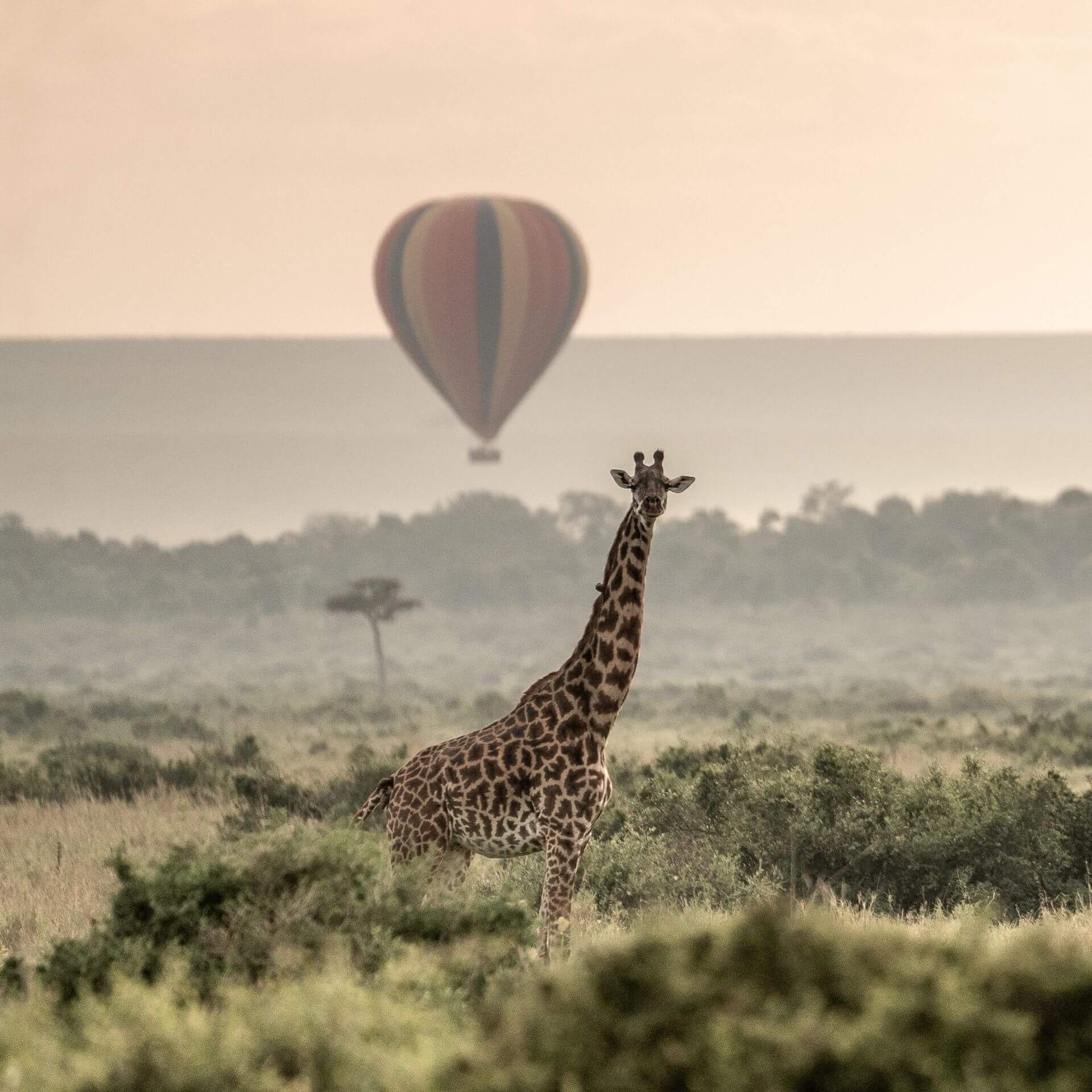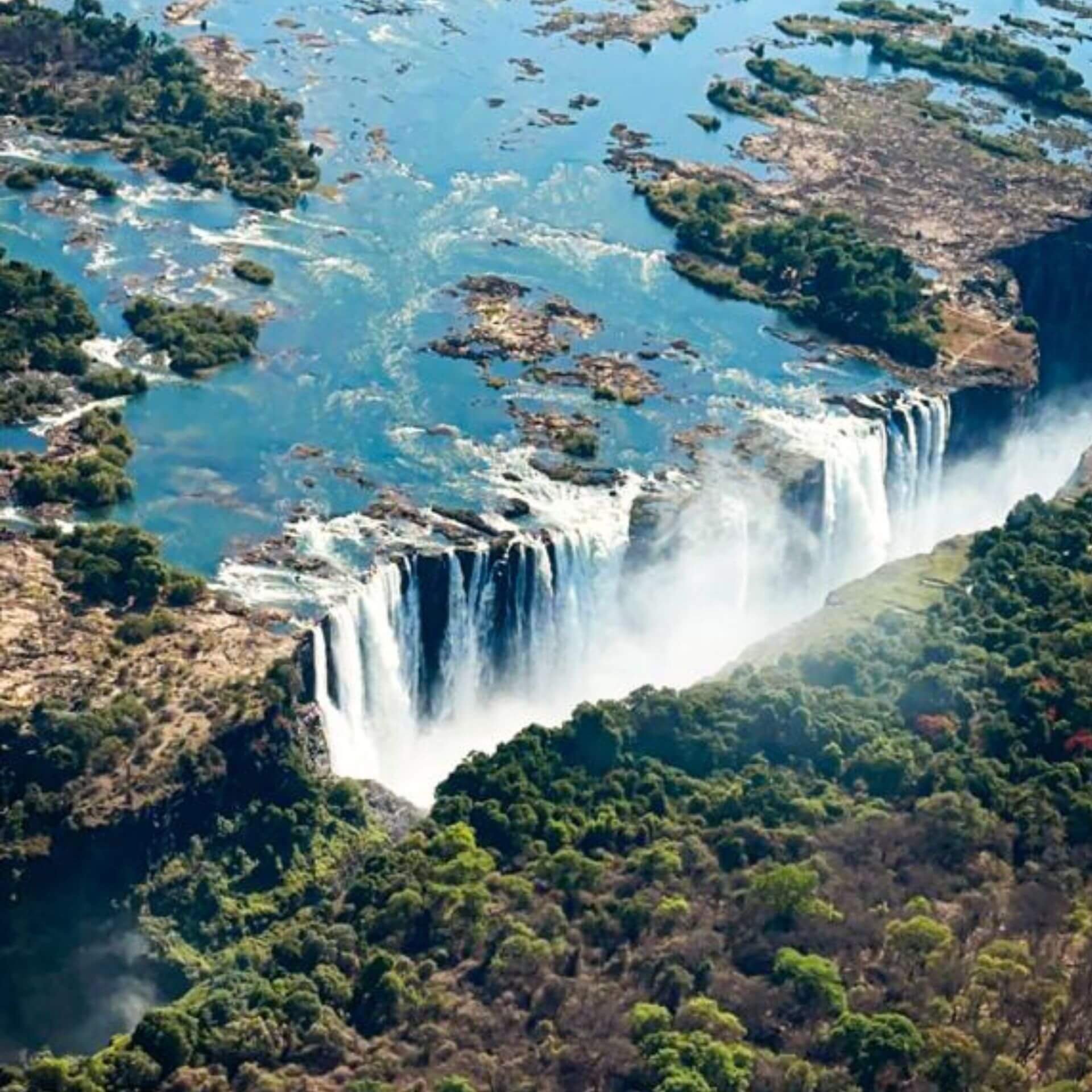Guyana is a good example of how wildlife protection should be done, but deforestation and mining make this task difficult.
Visiting Kaieteur Falls in Guyana for the first time was an unforgettable experience. The sight of water plummeting nearly 500 meters creating a misty spray and echoing for kilometres, was breathtaking. Despite witnessing raw power, there was also a sense of calm and peace. There were no crowds, selfie sticks poking around, or screaming kids running to the souvenir shops, just me and a handful of other adventurous travellers observing nature at its most pristine.
Kaieteur is the highlight of Guyana but not the only surprise in the country’s jungles. Over 87% of Guyana is heavily forested, and exploring it means being surrounded by pure nature the whole time. Experts call Guyana one of the last treasures on Earth, and I agree. After 10 days of travel, I saw firsthand the country’s efforts to protect these pristine areas and the importance of nature to the communities living in the forest.
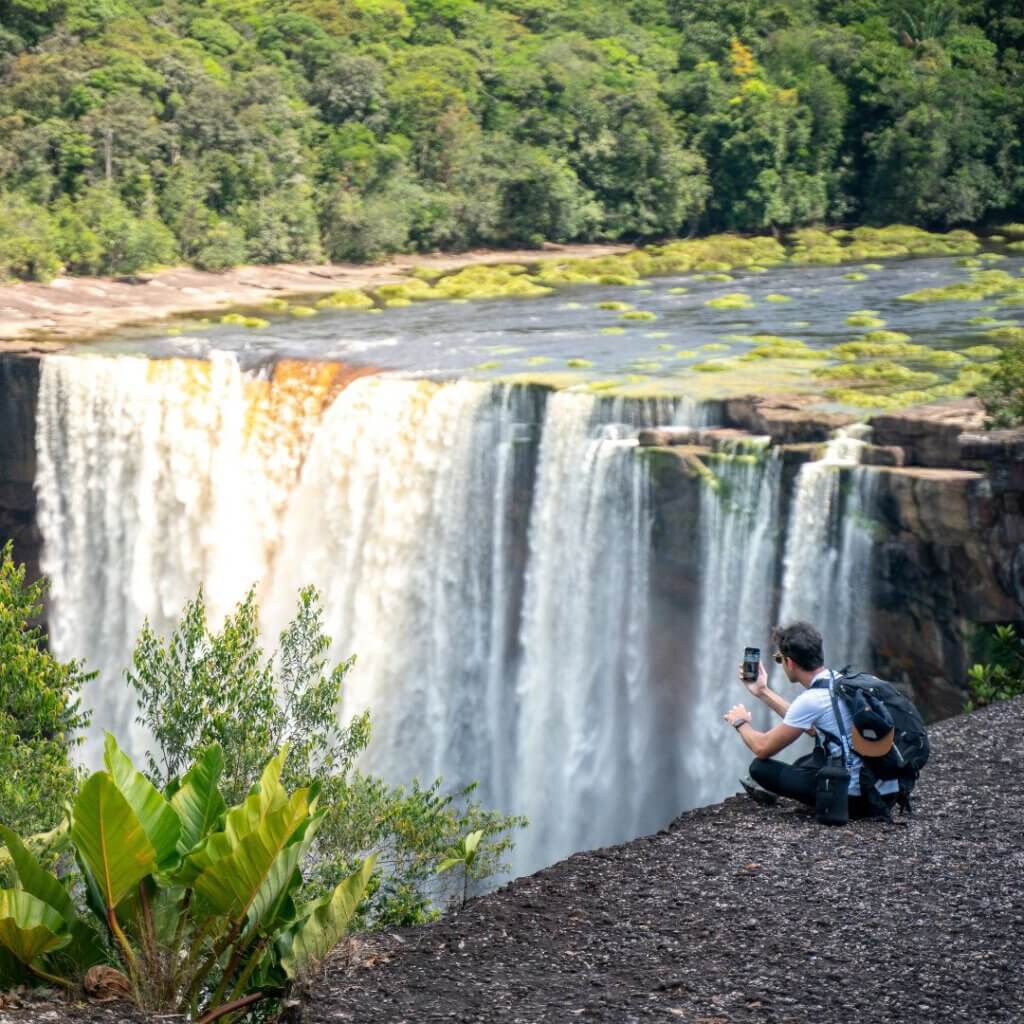
Guyana has been praised by international organizations for doing things right. However, with economic interests towards mining and deforestation (legal and illegal), protecting Guyana’s landscapes is more challenging than you think.
In this piece, I would like to highlight Guyana’s efforts to protect biodiversity and how the country is balancing environmental protection and economic development.
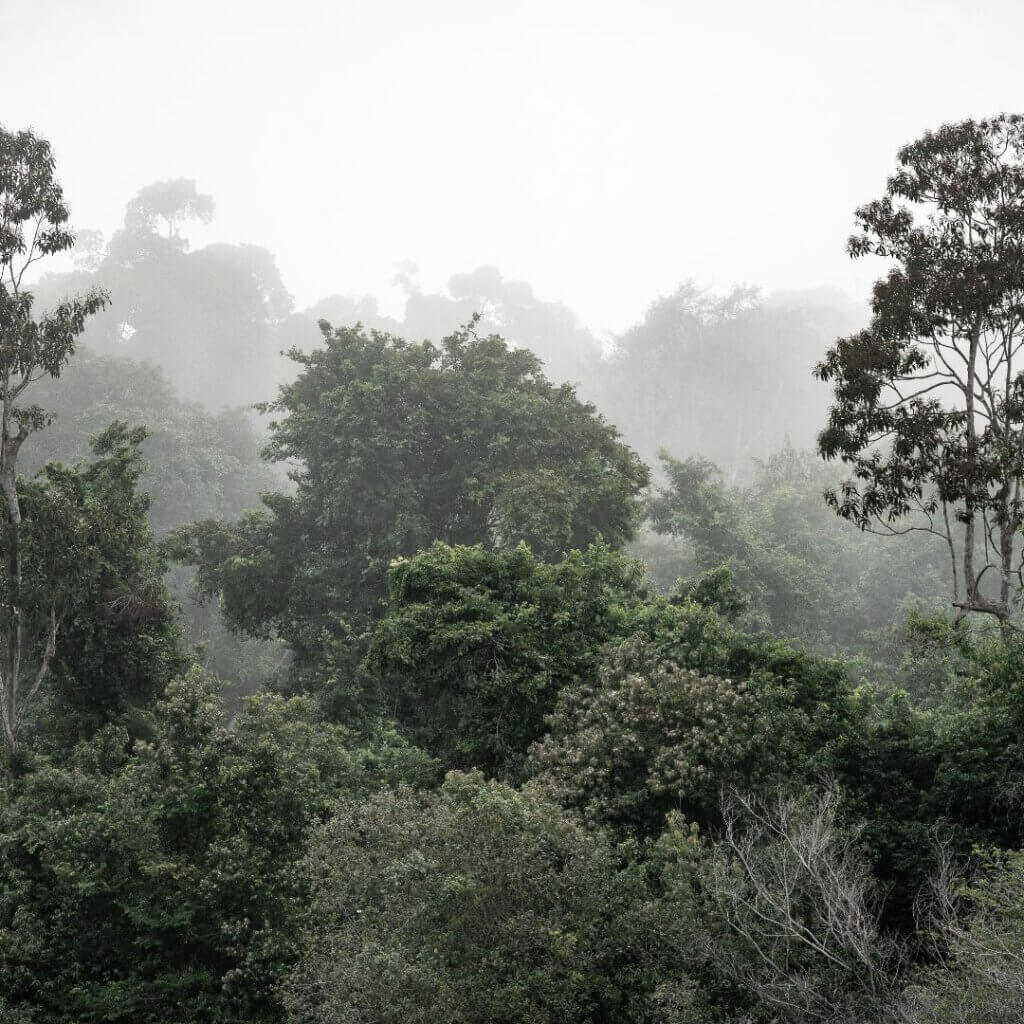
Understanding Guyana
Situated in the Guyana Shield Region, Guyana plays a crucial role in protecting the Amazon. As the gateway to the world’s largest forest, even small changes to its ecosystem can have a global impact. Scientists are drawn to Guyana in search of never-before-seen animal species, while adventurers see it as an increasingly rare hidden paradise.
Despite being similar in size to the United Kingdom, this South American gem boasts more biodiversity than much of Europe. Guyana is also divided into four natural regions: a heavily populated plain along the Atlantic coast, a mineral-rich white sand belt, a flat savanna in the south, and one of the densest rainforests in the world occupying the central part of the country.
I visited all four of these regions and had the chance to gallop with cowboys in the savanna, learn more about Guyana’s cultural heritage in its capital Georgetown, and navigate one of several branches of the Amazon while listening to the sounds of nature.
Read more: Uncovering The Wonders Of The Amazon: An Adventure Guide To Guyana
Read more: Exploring Venezuela’s last Glacier – Sierra Nevada
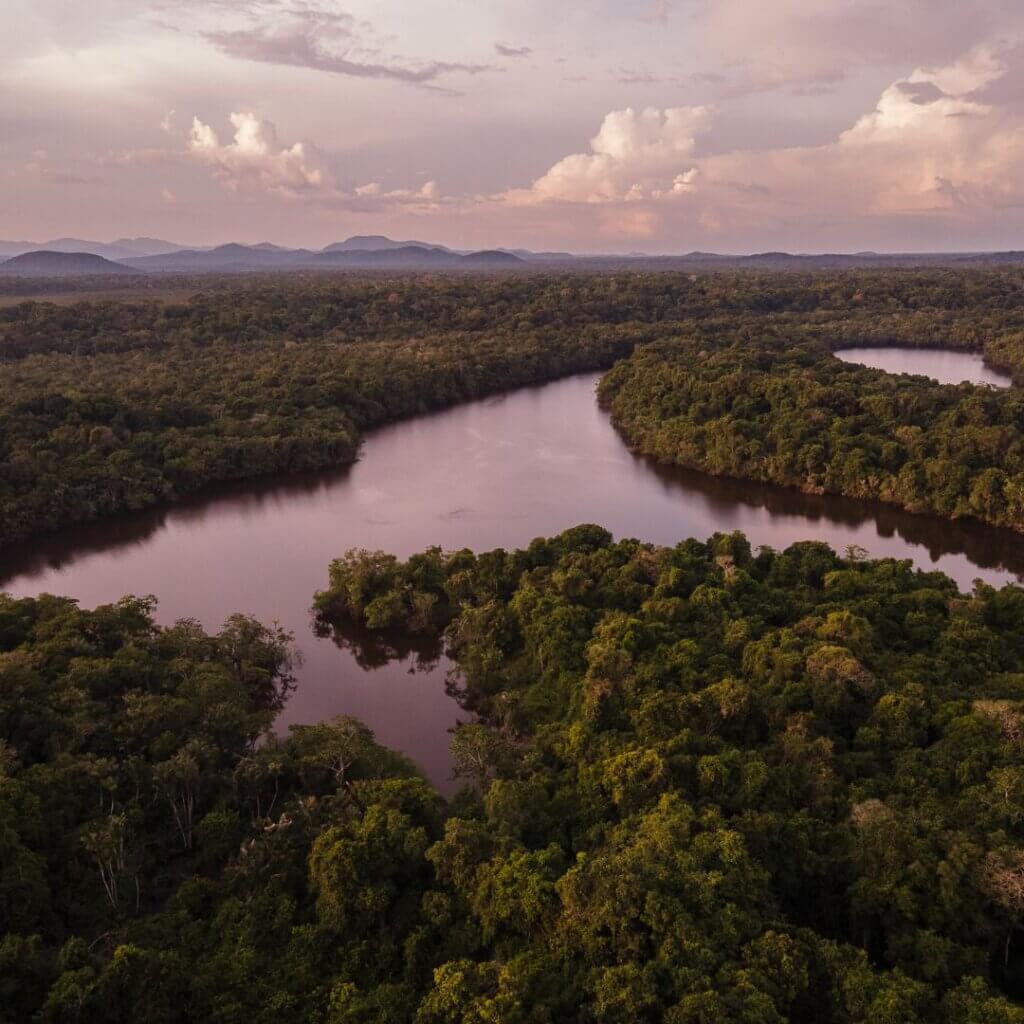
The issue of protecting nature at all cost
Guyana does a lot of things right. According to the Global Forest Watch, Guyana lost 9,54 kha of tree cover in 2021 – minimal numbers compared to other South American countries. Still, protecting paradise requires effort, and this country faces them daily.
One of the main challenges facing Guyana’s pristine landscapes is deforestation. Illegal logging, mining, and agricultural activities have led to the destruction of large forest areas, endangering the habitats of countless species of animals and plants.
Another concern is the impact of climate change. Rising sea levels, changes in rainfall patterns, and more frequent extreme weather events are just some of the effects that could have devastating consequences for Guyana’s ecosystems. The country is already experiencing the impacts of climate change, with coastal erosion, flooding, and drought becoming more frequent and severe.
Read more: Best activities to do in Georgetown Guyana
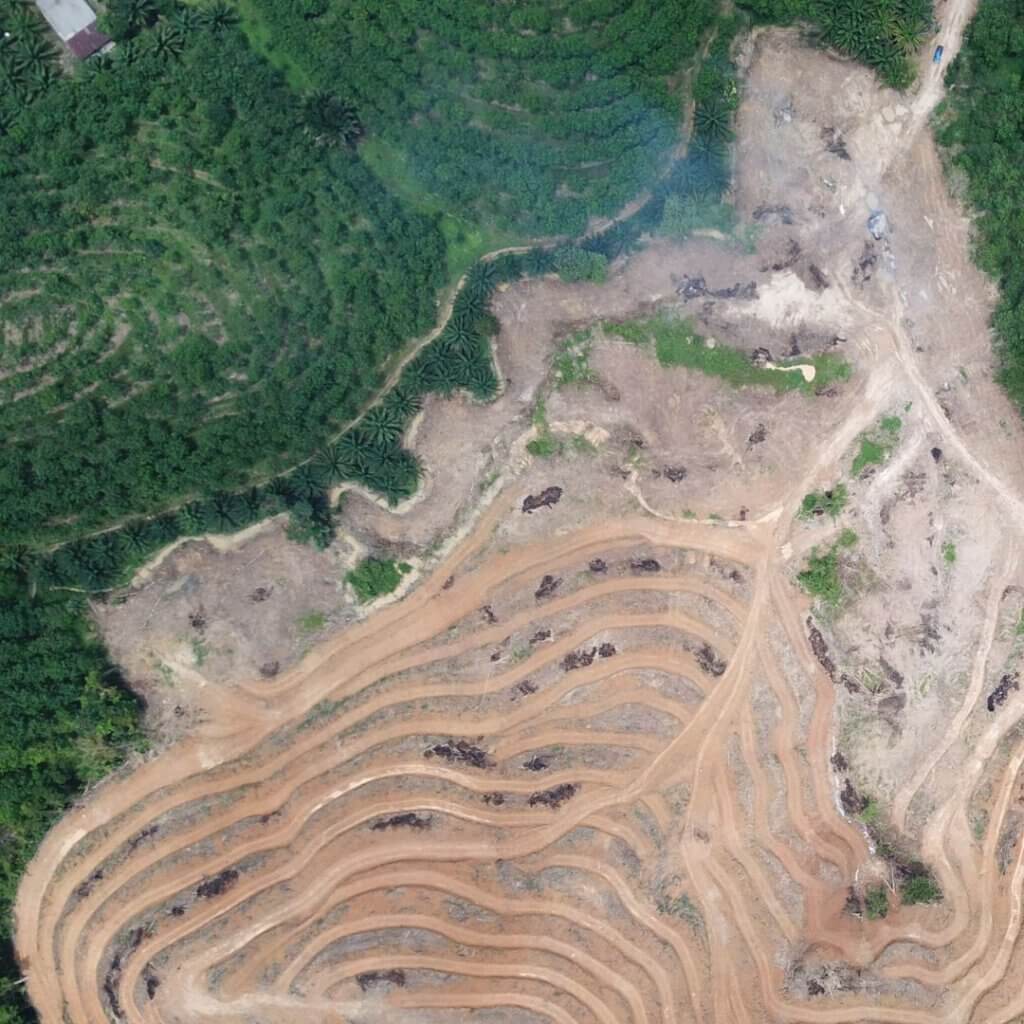
The lack of resources and infrastructure also challenges preserving Guyana’s landscapes. The country has limited funds and manpower to address environmental issues, and the infrastructure in remote areas is often inadequate to support conservation efforts. This makes monitoring and managing protected areas, controlling illegal activities, and promoting sustainable practices difficult.
Despite these challenges and concerns, initiatives are underway to preserve Guyana’s landscapes. The country has set aside 17% of its land as protected areas, including Kaieteur National Park and the Kanuku Mountains Protected Area. These areas are home to some of Guyana’s most unique and endangered species, and efforts are being made to protect and manage them effectively.
Read more: The Colombian paradise treated by climate change
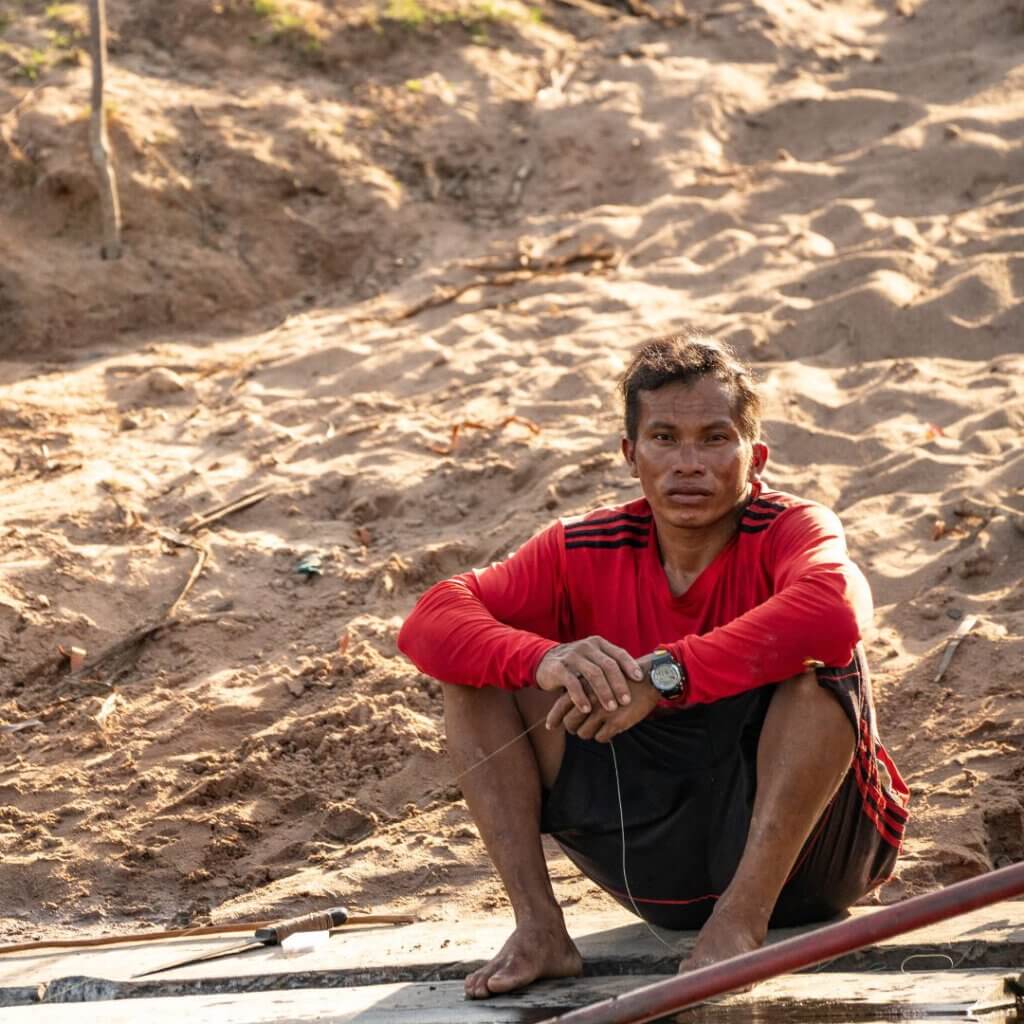
Tourism has also played a significant role in recent years. The increasing number of visitors looking to experience raw nature has created an awareness that this sector could be an economic booster and reduce reliance on mining. Everyone I met in Guyana wanted to see more changes regarding the protection of their forests, and I could feel the local communities’ engagement in conservation. I saw a strong sense of ownership and pride in Guyana’s natural resources in every person I met, but I also witnessed how difficult it is to protect them.
According to CNBC, Brazil, Guyana’s neighbouring country, experienced a new deforestation record in 2022, and even in my home country, Colombia, deforestation and mining are unlikely to slow down in the upcoming years. Although Guyana is still far from those numbers, it is clear that protecting natural resources requires the effort of more than just a few people.
I loved being able to visit Guyana and experience its beauty. However, I would love to see the same natural landscapes when I’m older and not witness Kaieteur become more of a recreational park surrounded by cities like the unfortunate cases of Niagara Falls in the USA or Victoria Falls in Zimbabwe.
Read more: The importance of wildlife reintroduction in national parks.
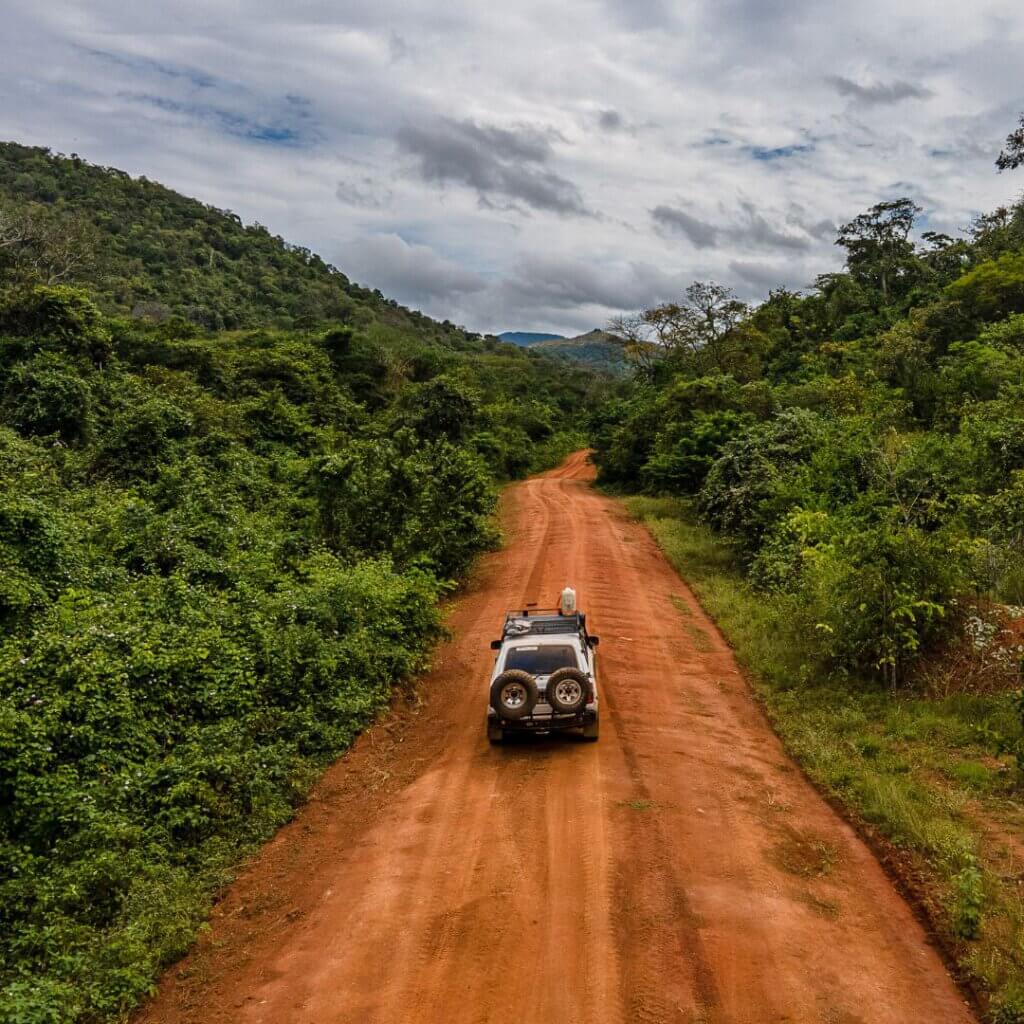
Read more: How To Plan A Day Trip To Kaieteur Falls: A Step-By-Step Guide


